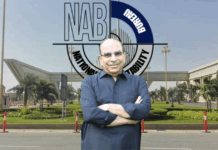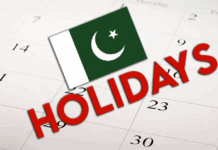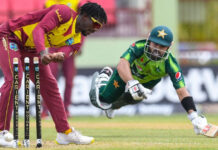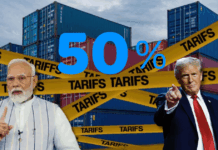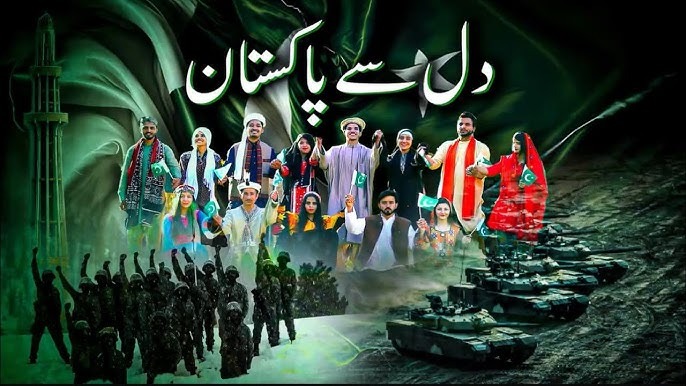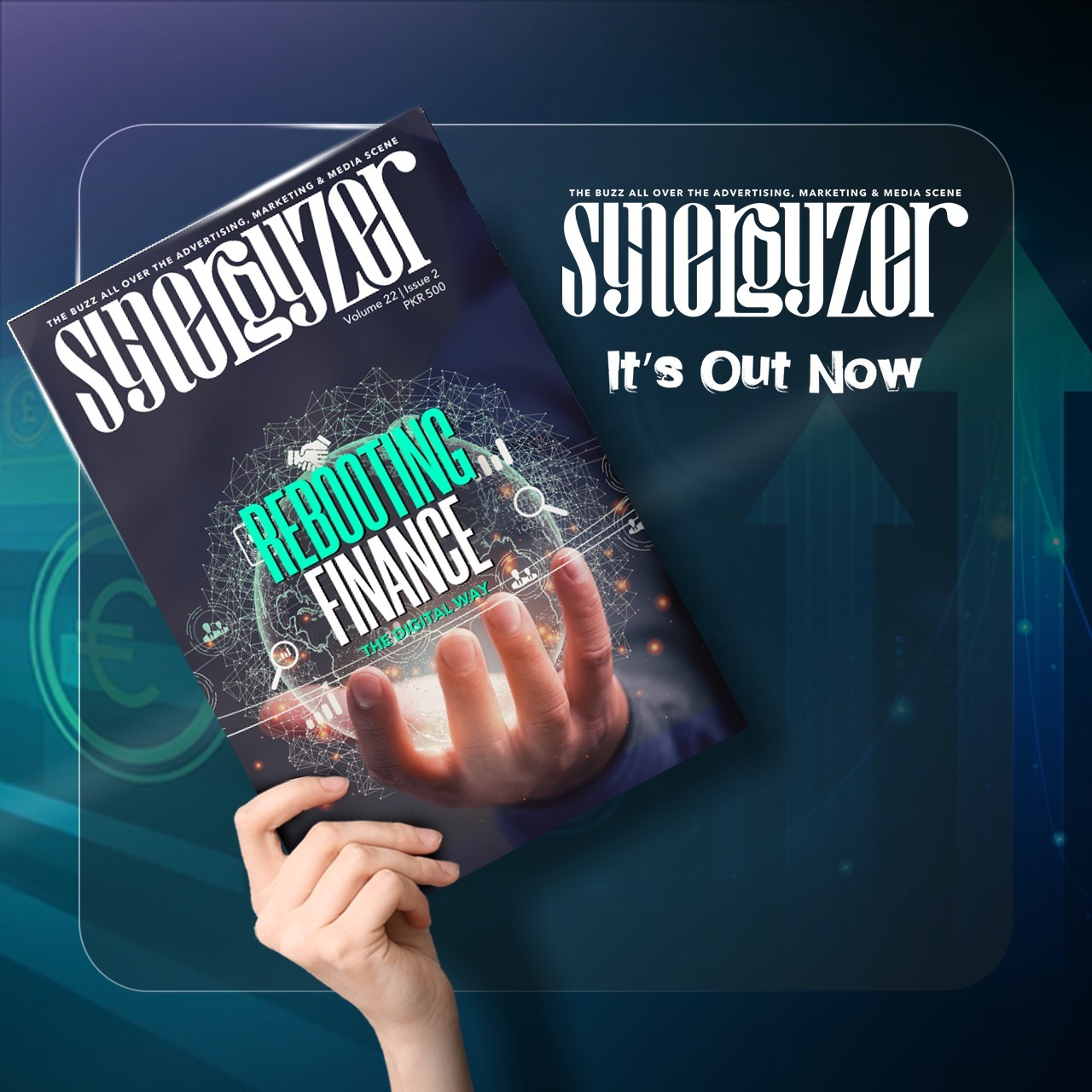As Pakistan’s Independence Day approaches on 14th August, a unique wave of patriotism sweeps across the country. No matter where you are, one shared experience stands out: national songs echoing from schools and street corners, creating an atmosphere that only comes around once a year.
Adding to this spirit is the much-anticipated national song released by ISPR every year, a tradition that has become a key part of the celebration.
This year, too, ISPR has released a national song, “Dil Se Pakistan Hain Hum,” in celebration of Pakistan’s 78th Independence Day. Sung by Wajid Saeed and written by Zaheer Zarf, it celebrates victory, especially in light of the recent India-Pakistan war.
From aerial to marine footage, Dil Se Pakistan Hain Hum makes audiences relive the clashes between the two rival countries, also known as Marqa-e-Haqq, highlighting the victory that Pakistan earned thanks to its defence forces.
The Music: Uplifting and Cheering
Dil Se Pakistan Hain Hum starts off with powerful cinematics and upbeat music that builds with time, using strings to create a sense of anticipation. As the song progresses, choral elements and layered vocals amplify the patriotic fervour, giving the anthem a larger-than-life feel.
I believe that the melody is intentionally easy to remember, something you can hum along to after a few listens, which is a signature ISPR trait. And since the song is intended to be heard on bigger platforms, the production quality is top-tier. The audio is crisp and does justice to the song’s emotional highs and lows.
A Montage of Pride
Visually, the anthem is a display of unwavering strength. It opens with shots of Pakistan’s vast landscapes, from mountains to city skylines, reminding viewers of the beauty and diversity of the homeland. As expected from ISPR, the visuals also highlight the armed forces in action: navy fleets, air force jets soaring, and soldiers saluting at sunrise.
But what makes this video resonate more deeply is its inclusion of civilians: farmers, students, doctors, and athletes. There’s an intentional effort to show that patriotism isn’t exclusive to the battlefield; it lives in classrooms, hospitals, streets, and sports arenas, too. Something you find with more intensity as independence nears.
The colour grading is rich with sharp contrasts that make the green of the Pakistani flag stand out in every frame. Transitions are smooth, and the editing rhythm is fast-paced, matching the emotional pacing of the song.
What makes this year’s anthem hit harder than ever is its perfect timing. Real-time clips of Pakistan downing Indian jets, backed by international news reports (even as India denies it all), inject a surge of pride that’s impossible to ignore.
It’s bold, it’s raw, and it’s real. Add to that the feel-good visuals of people coming together and celebrating the nation, and you’ve got more than a song. You’ve got a moment. One that unites a country, especially when the stakes are high.
The Lyrics Take the Cake
If you’re not the most patriotic, you might think the poetry is a bit much, but that’s the whole point. A national song isn’t supposed to be subtle. It’s supposed to stir you up, make you feel something deeper. The lyrics are meant to hit home; to remind you that your role, your existence, your everyday grind, matters to the nation.
“Koi aanch na aai dharti pe, jaan dein ge hum, jaan lein ge hum.”
“Suno suno, ek jaan hain hum.”
“Dharti ke chappay chappay par, tere sheron ki yalgaar hai.”
These lines don’t just rhyme; they mean something to the common folk. They are full of fire. You can feel the pride. You can feel the pulse. It’s not just a song. It’s a battle cry!
Fitting into the ISPR Universe
ISPR has long built a legacy of creating national songs that strike a chord with the people. From “Bara Dushman Bana Phirta Hai” and “Mujhey Dushman Ke Bachoun ko Parhana Hai” to “Kabhi Percham Mein Lipte Hain,” each anthem conveys different emotions, styles, and tones. However, all share the same enthusiasm and nationalism essential for their purpose.
In this context, “Dil Se Pakistan Hain Hum” fits perfectly. It reflects themes of hope, unity, and inclusivity, contrasting with the more assertive and aggressive tone of the previous anthems. The song does exactly what it is aimed to do: evoke patriotism and make you feel connected to your homeland. So, it doesn’t matter if you are in the mountains of Gilgit or the deserts of Balochistan, Dil Se Pakistan Hain Hum will touch you equally.
At the end of the day, even if you are not very patriotic, Independence Day strikes a different chord in you, and that is the time you jam to Dil Se Pakistan Hain Hum.
So, What’s the Verdict?
In my opinion, while this might not be the best ISPR national song to exist, it’s definitely a close competitor. The lyrics are powerful, and the visuals are even better. It sure reminds you of the victory Pakistan got in Marqa-e-Haqq, an event that has made millions of Pakistanis proud.
So this Independence Day, while your playlist is full of patriotic tunes, make sure Dil Se Pakistan Hain Hum is on it, because being Pakistani is not just where we live, it’s who we are.
Stay tuned to Brandsynario for the latest news and updates





